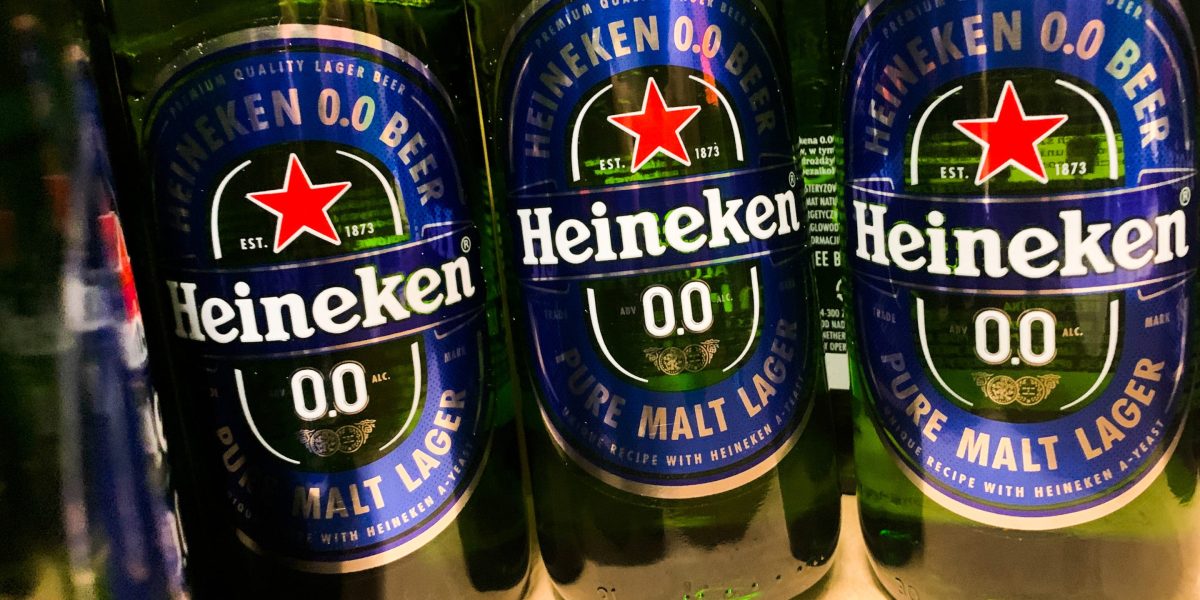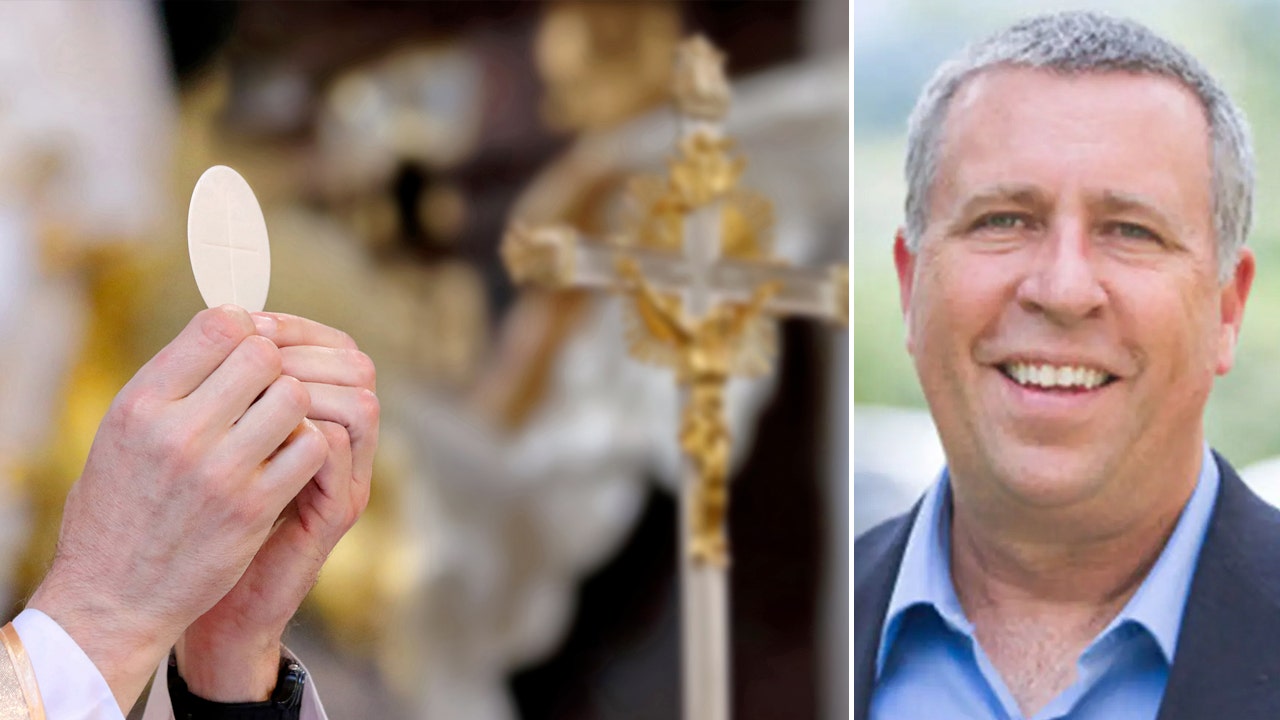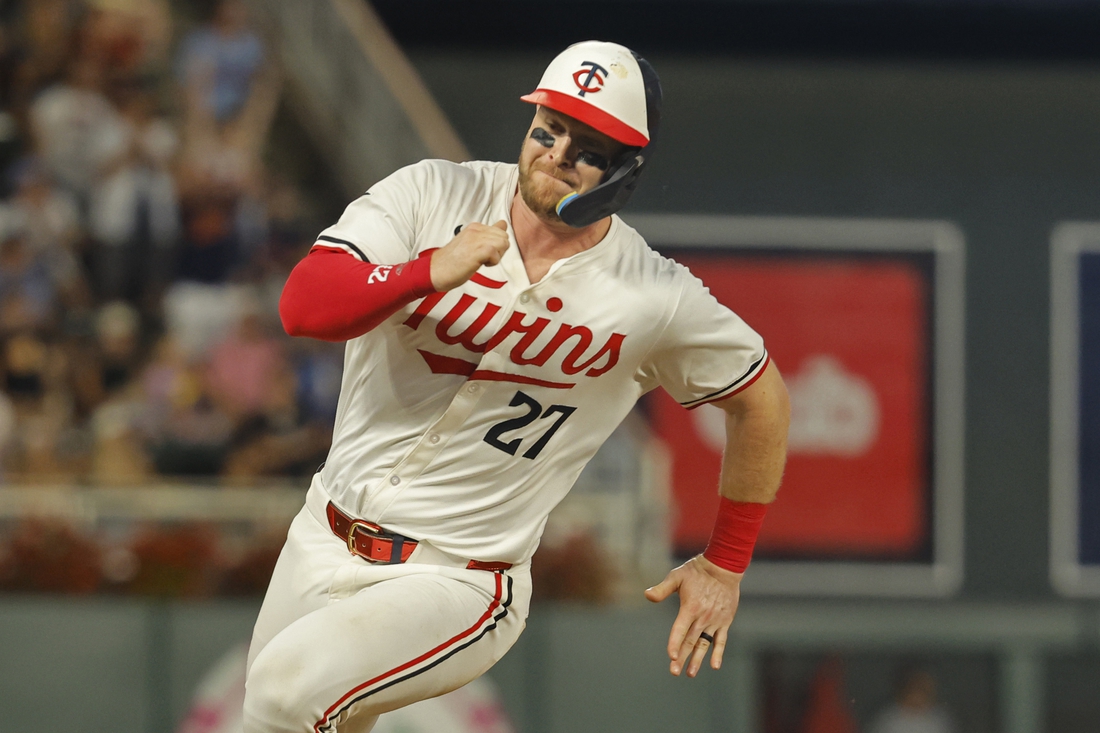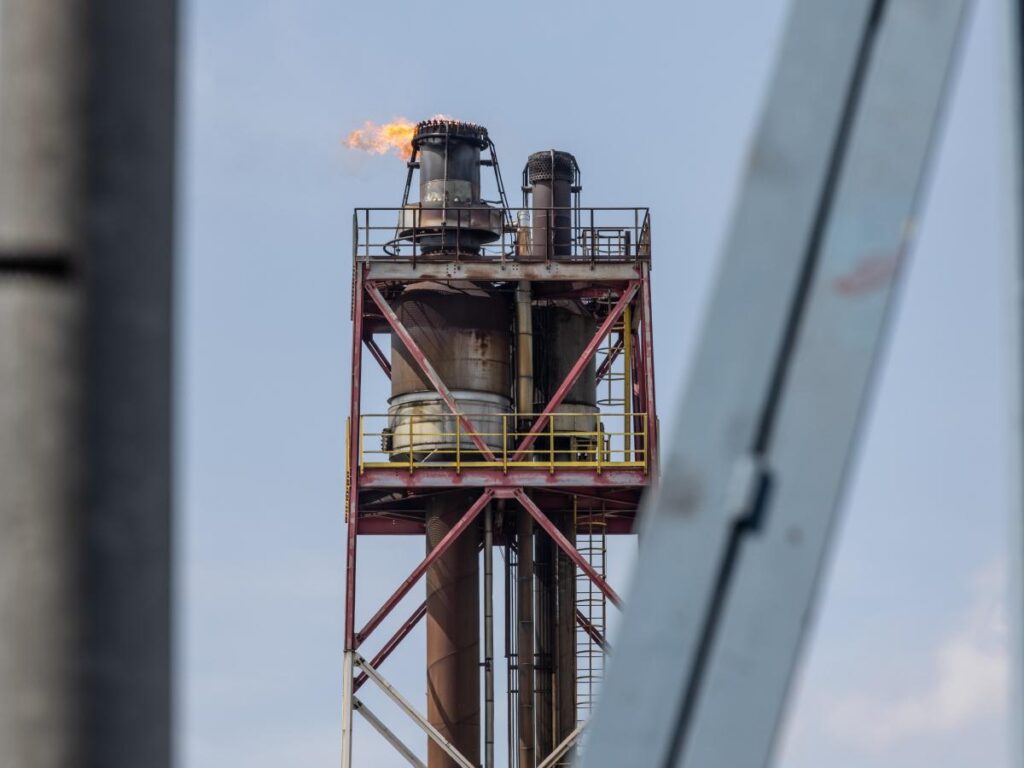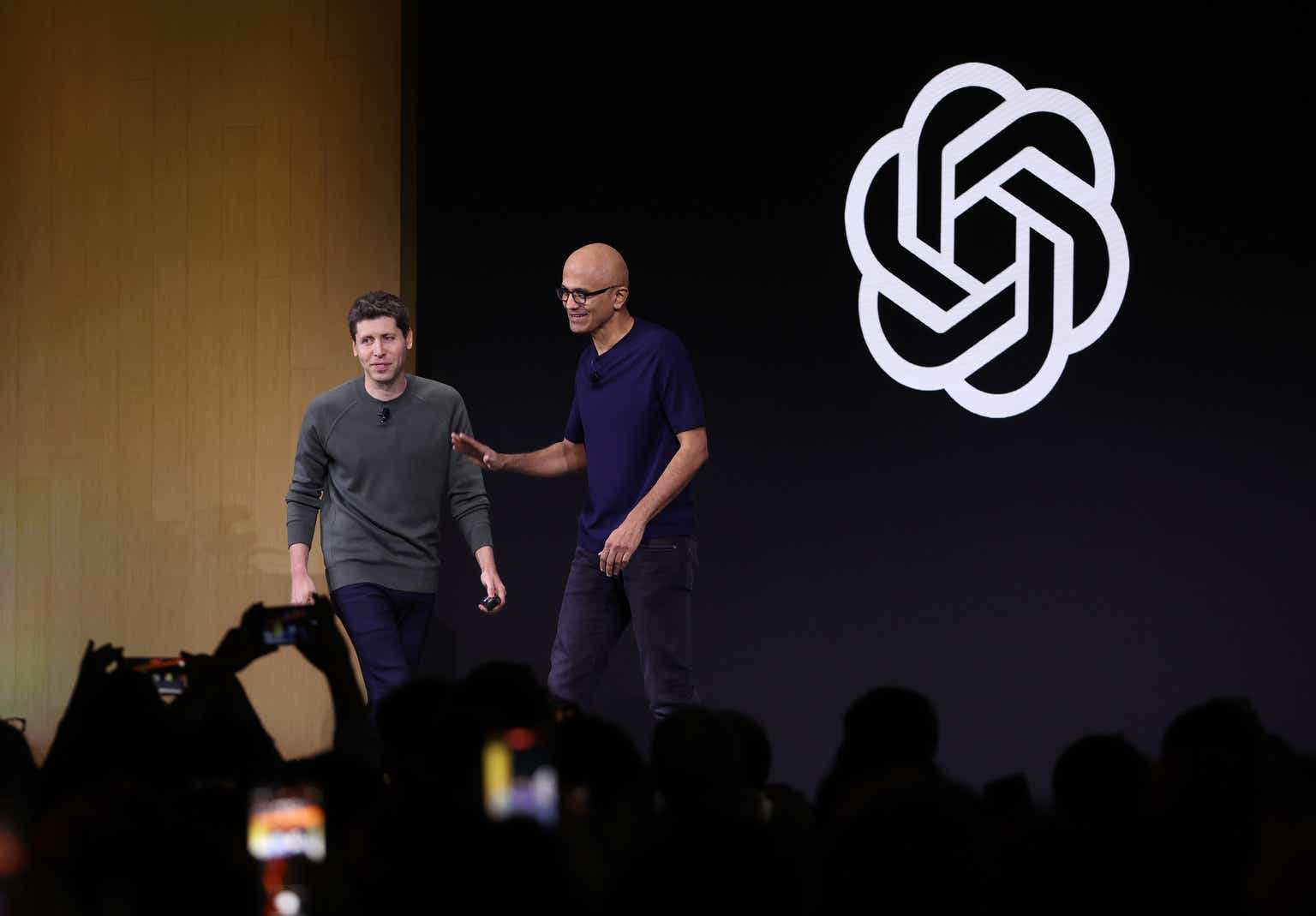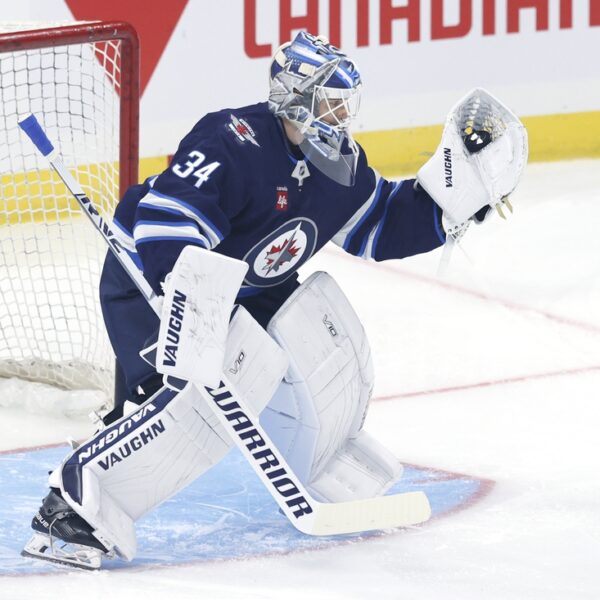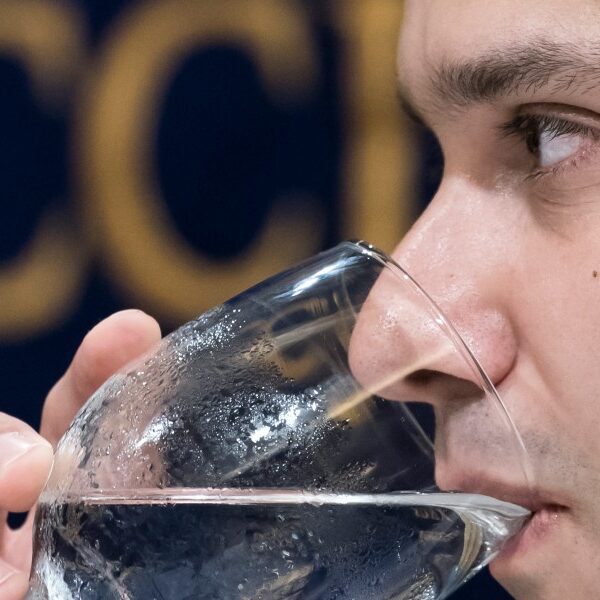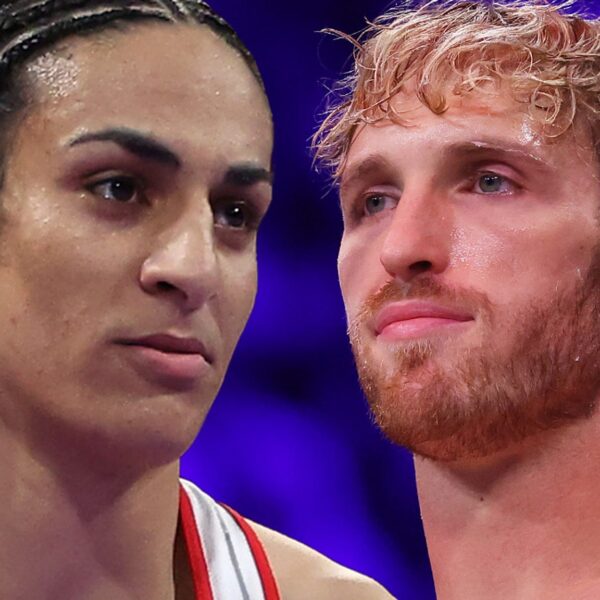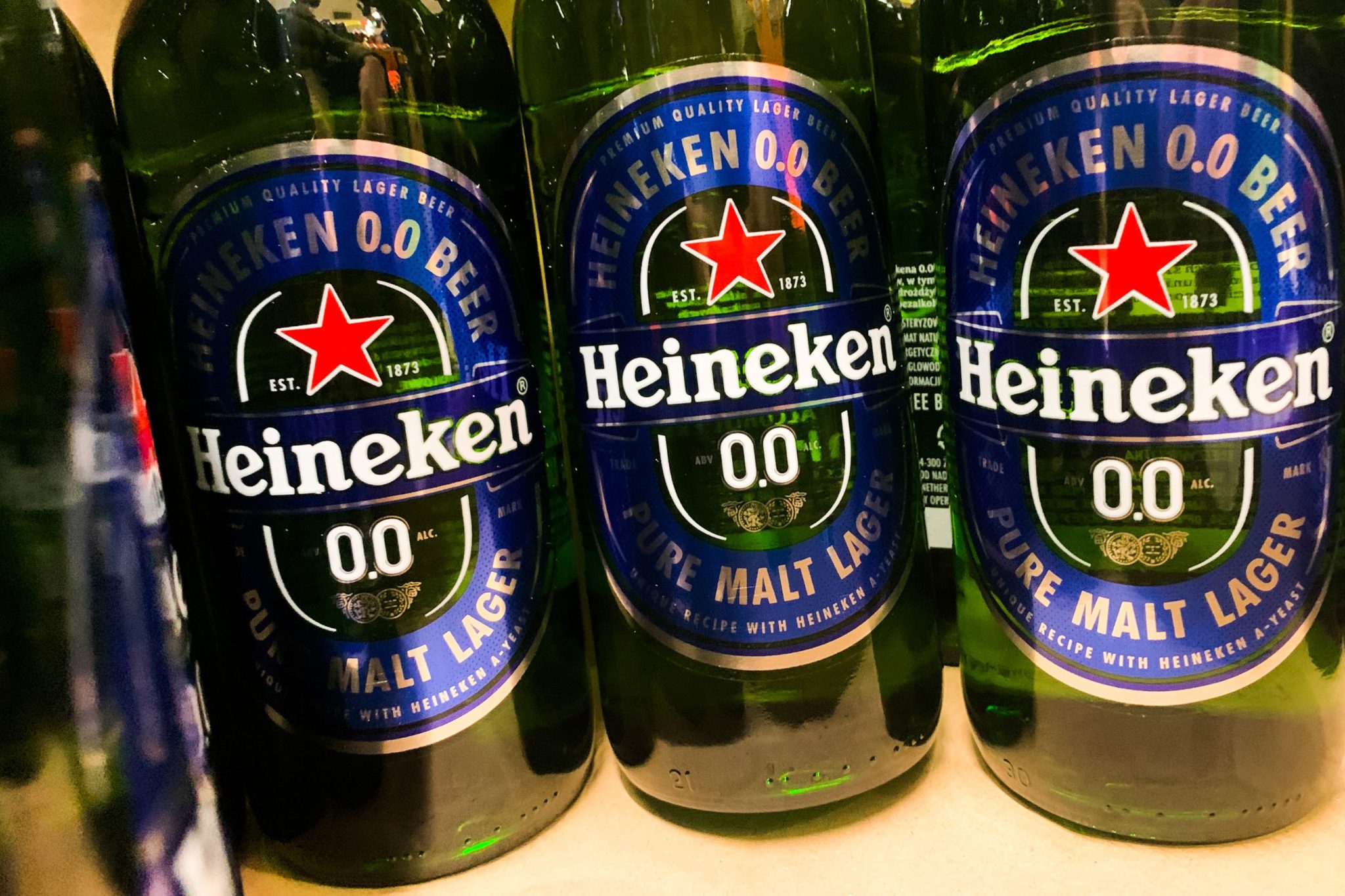

When 26-year-old Rachel, a graduate student in Milwaukee, hangs out with friends, they are more likely to spend their time at the community theater, local coffeehouses, or volunteering than hanging out at bars or liquor-soaked parties. Despite their city’s well-established drinking culture, she and her other twenty-something friends are mostly sober.
Rachel, who asked that her last name be withheld to freely discuss her substance use, has her reasons for abstaining. She lost a parent to alcoholism, which will make most people more careful of how much they consume, she says. And with more research coming out about the harms of alcohol, increasingly more Gen Zers in general are rethinking their relationship to booze, she says.
“When I started questioning my views, I found more time for creative hobbies, for self care,” Rachel tells Fortune. “When you give up one bad habit, you empower yourself to question others. It’s a chain reaction.”
Research backs her up. Over the past two decades, the percentage of those 18 to 34 who say they occasionally have an alcoholic drink has fallen from 72% to 62%, according to a Gallup poll from last year. The percentage of regular drinkers—defined as having a drink in the past week—has also declined in that age group, falling from 67% to 61%. Underage drinking has also declined significantly in the past two decades, and “dry January,” “sober conscious,” “sober curious,” and other monikers for the movement have entered the lexicon.
Much hand-wringing has ensued among commentators who worry the kids just aren’t having much fun anymore. But Rachel says abstaining from alcohol actually allows her to have more, while also improving her sleep and enabling her to make a better impression at things like networking events. And she still indulges in other substances, like marijuana, that she says are safer.
“People my age, I feel they have a much more critical view of alcohol,” she says. “Nobody wants to be the person who’s had a little too much to drink at the party. Nobody likes that person.”
The shift is significant, says Brooke Arterberry, a researcher at the University of Michigan’s Institute for Social Research who has studied young peoples’ relationships to alcohol. Young adults are still drinking and engaging in risky behaviors, Arterberry tells Fortune, but she expects the rise in sobriety to continue. Why it is occurring still needs to be studied more, she says.
“There are still a lot of questions as to why they are not drinking as much. We’d like to say, ‘oh, they’re on their phones,’ but it’s not necessarily been shown to be the case,” she says. It is likely a combination of factors. Gen Z is socializing less in person, and social norms may be changing. Parenting changes might also be a factor, as is the increased pressure young people feel to succeed, the amount of accessible information on the dangers of drinking, and even economic instability, she says. Increased marijuana use is also having an effect.
“There’s an interplay going on. We have to disentangle it,” she says.
The business of not drinking alcohol
Despite younger generations’ shift to drinking less, alcohol sales in the U.S. don’t necessarily reflect the downward trend. Beer, wine, and spirits sales spiked during the first year of the pandemic and stayed largely the same since, perhaps as a result of rising prices in general, but also because, as Gallup’s survey shows, older Americans are actually drinking more than they used to.
Still, the sober lifestyle has made an impact, including making non-alcoholic, or NA, beverages a big business. In 2023, non-alcoholic beer, wine, and spirits sales topped $565 million, a 35% increase compared to 2022, according to NielsenIQ. NA beer leads the pack, and is now the fastest-growing segment of the beer market. NA sales are still a small portion of total sales, amounting to around 1% in the U.S., but the growth is a bright spot in a dimming category, which experts expect to continue.
Athletic Brewing Company is at the forefront of the NA shift, offering alcohol-free beers that many consumers say are the closest-tasting to the real thing. Whether consumed by those who don’t drink at all, or during the week by those who still imbibe on the weekends, the sober shift is very real, says Andrew Katz, the company’s chief marketing officer. And Athletic is banking on being thought of as a lifestyle brand, rather than a company that sells beverages. Their customers, he says, are “active improvers;” people making small changes to behavior that yield big results.
“It’s driven by health and wellness writ large. If you drill into it a bit more, it’s about mental well-being too,” says Katz of Gen Zers drinking less alcohol. “Younger consumers have the benefit of access to a lot more information about what alcohol does to you, how it affects your sleep. They have so much more data on themselves.”
Investors have taken notice. Last month, Athletic secured $50 million in equity financing to increase production capacity and expand its offerings at global retailers. The fundraising doubled the company’s valuation, which now sits at $800 million, according to the Wall Street Journal. It is backed by the likes of Keurig Dr Pepper, with celebrity ambassadors including Lance Armstrong, Momofuku founder David Chang, tennis phenom Naomi Osaka, and football star J.J. Watt, among other big names.
Athletic has the largest market share—over 19% within nonalcoholic beer, per NIQ—but the number of NA beers has exploded since the pandemic, with big names like Blue Moon, Budweiser, Corona, Guinness, and Heineken all offering their own options.
While sobriety is on the rise, Katz says 80% of the brand’s consumers still drink alcohol occasionally. That’s where the company’s marketing comes into play. Athletic’s cans—vibrant and pleasing—are easy to spot, but don’t scream “non-alcoholic.” If a consumer wanted to order one at a bar, she could do so without drawing potentially uncomfortable questions from others about why she isn’t drinking alcohol. It makes a difference, says Katz.
“We think of ourselves as an ‘and,’ not an ‘or,’” says Katz. “Beer as a category is very social. The [Athletic] experience is exactly like a product that has alcohol in it. The ritual, the taste, the smell…it is not some sort of consolation prize, it is something people are really excited about drinking.”
The financial impact of staying sober
What’s bad for boozy businesses is good for the consumer. And while saving money isn’t necessarily Rachel’s main reason for not drinking, it is a pretty nice added benefit, she says. As a graduate student, she doesn’t have much money to spare, especially as costs continue to rise for the basics.
“You go to a bar and pay $11 for a drink you could make at home, it’s ridiculous,” she says. “A lot of people are shocked at what they spend on alcohol. Before you know it you’re spending between $80 and $200 a month.”
Aside from the immediate savings, there are also the likely long-term health benefits. Drinking alcohol is linked to an untold number of diseases and complications, costly not just in terms of one’s personal health but the medical bills that accompany them. While she wouldn’t necessarily be dealing with those expenditures now, Rachel says there are other costs to drinking she’s happy to miss out on.
“I can’t say I miss the hangovers,” she says.

